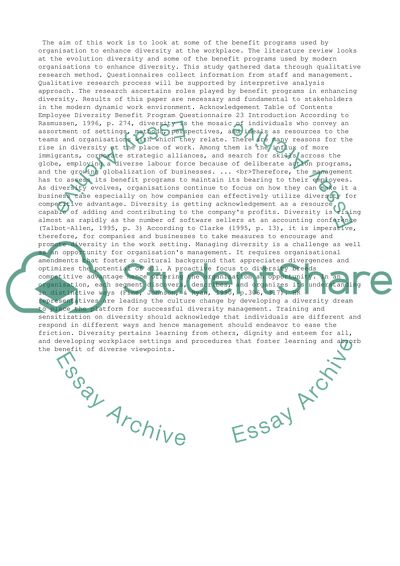Cite this document
(“Diversity Enhancement Programs at the Workplace Research Paper”, n.d.)
Retrieved from https://studentshare.org/business/1404415-diversity-enhancement-programs-at-the-workplace
Retrieved from https://studentshare.org/business/1404415-diversity-enhancement-programs-at-the-workplace
(Diversity Enhancement Programs at the Workplace Research Paper)
https://studentshare.org/business/1404415-diversity-enhancement-programs-at-the-workplace.
https://studentshare.org/business/1404415-diversity-enhancement-programs-at-the-workplace.
“Diversity Enhancement Programs at the Workplace Research Paper”, n.d. https://studentshare.org/business/1404415-diversity-enhancement-programs-at-the-workplace.


